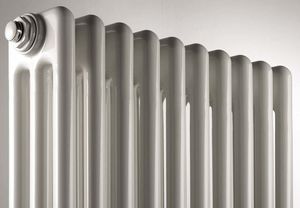Are Radiators a thing of the past?
Posted on 7/03/2017 by David Walker

One of the projects that facilities managers and building services engineers often get involved with is planning to move a company into new premises, or the expansion of a business into new buildings.
Over the past couple of decades Air Conditioning has become something that is generally fitted to commercial premises as standard, but usually for its ability to cool alone – despite the fact that all modern systems are capable of doing the complete heating job as well.
Air Conditioning uses heat pump technology to warm as well as cool. This system of air conditioning in reverse is an extremely efficient way of heating a room.
Today, buildings are still being constructed with both air conditioning and other (often less efficient) systems such as gas, oil or other electrical equipment as the primary heating source, despite the fact this more than doubles the capital and installation cost and often uses up valuable floor space.
Using air conditioning as the main source of heating, makes adding an extension easy, with no wet systems to drain, refill and re-dose. For larger projects, the extra efficiencies of using a VRF system with heat recovery can improve things even more, retaining the warmth you have paid for inside the building and not rejecting it to atmosphere through the outdoor unit. Heat recovery also lets you obtain free heating under certain circumstances – eg: on sunny days in early spring or autumn, the south facing side of a modern building with a lot of glass frontage can heat up considerably. Instead of just using the air conditioning to cool those areas, that heat can be transferred to the north facing side of the building – ie: free heat!
Some people still think, that when it comes to being warmed by air conditioning, it means being blasted by a stream of warm air. This is not the case. Technology has changed considerably. Heat pump technology can now be used to provide underfloor heating.
So, we should not automatically blindly go down the traditional central heating route without looking at what we could save in capital, installation and running costs by using modern air conditioning options.
